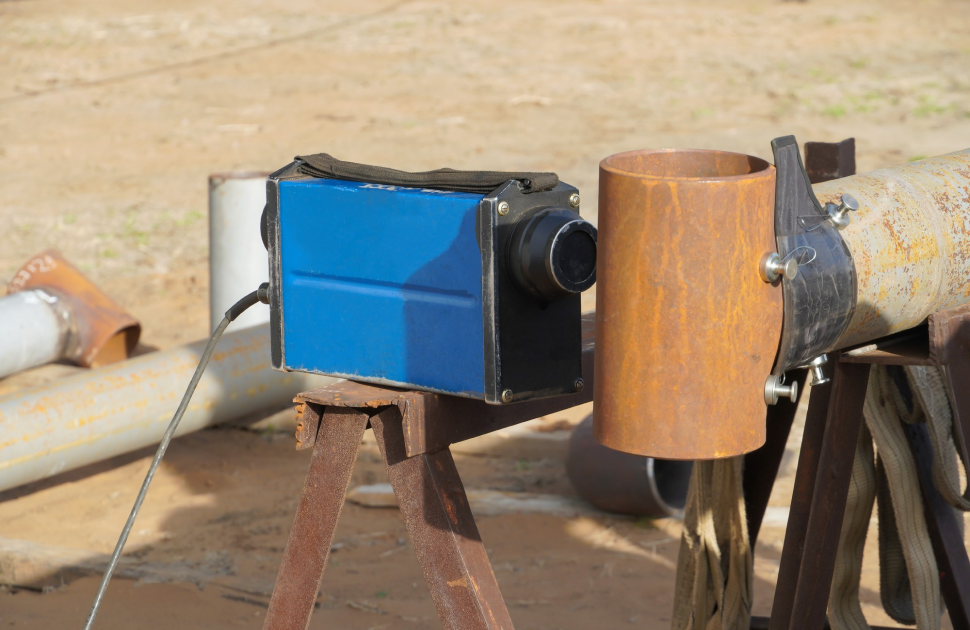Radiography testing is a widely used non-destructive testing (NDT) technique that is used to inspect the internal structure of objects. This technique involves the use of ionizing radiation to penetrate the object being inspected and produce an image of its internal structure. The image produced by radiography testing is similar to a medical X-ray, but it is used for industrial applications.
Radiography testing has several applications in NDT, and it is commonly used in industries such as aerospace, automotive, construction, manufacturing, and oil and gas. Some of the most common uses of radiography testing in NDT are as follows:
- Weld inspections: Radiography testing is often used to inspect welds for defects such as cracks, voids, and lack of fusion. The technique is particularly useful for inspecting welds in thick sections, where other NDT techniques may not be suitable.
- Casting inspections: Radiography testing can be used to inspect castings for defects such as porosity, shrinkage, and cracks. The technique can help detect defects that may not be visible to the naked eye.
- Pipeline inspections: Radiography testing is often used to inspect pipelines for defects such as corrosion, cracks, and wall thinning. The technique can help detect defects that may lead to pipeline failure and can help prevent accidents.
- Aircraft inspections: Radiography testing is commonly used in the aerospace industry to inspect aircraft for defects such as cracks, corrosion, and delamination. The technique can help detect defects that may compromise the structural integrity of the aircraft.
- Pressure vessel inspections: Radiography testing is often used to inspect pressure vessels for defects such as cracks, corrosion, and weld defects. The technique can help detect defects that may lead to catastrophic failure and can help prevent accidents.
- Nuclear applications: Radiography testing is used extensively in the nuclear industry to inspect nuclear components for defects such as cracks, corrosion, and weld defects. The technique can help detect defects that may compromise the safety of nuclear facilities.
- Forensic investigations: Radiography testing is used in forensic investigations to inspect objects for evidence such as weapons, drugs, and explosives. The technique can help detect hidden objects that may not be visible to the naked eye.
- Radiography testing has several advantages over other NDT techniques. For one, it is non-destructive, which means that it does not damage the object being inspected. This is particularly important when inspecting expensive or critical components that cannot be easily replaced. Additionally, radiography testing can detect both surface and subsurface defects, which makes it a versatile technique for inspecting a wide range of objects.
- However, radiography testing also has some disadvantages. For one, it requires the use of ionizing radiation, which can be hazardous to human health. Proper safety measures must be taken to protect workers and the environment from radiation exposure. Additionally, radiography testing requires specialized equipment and trained personnel, which can make it more expensive than other NDT techniques.
In conclusion, radiography testing is a powerful non-destructive testing technique that is used in a wide range of industries. The technique can help detect defects that may compromise the structural integrity of objects, and it is particularly useful for inspecting thick sections and complex geometries. While radiography testing has some disadvantages, its advantages make it a valuable tool for ensuring the safety and reliability of critical components.

.png)









